We get N1 and N2β− perticles per second from two specimens of a radioactive specimen , then the ratio of number of atoms present in the sample in
N2/N1
N1/N2
N21/N22
None of these
The correct Answer is:B
Step by step video, text & image solution for We get N_(1) and N_(2) beta- perticles per second from two specimens of a radioactive specimen , then the ratio of number of atoms present in the sample in by Physics experts to help you in doubts & scoring excellent marks in Class 12 exams.
Topper's Solved these Questions
- BOOK - MOTIONCHAPTER - RADIOACTIVITY & NUCLEAR PHYSICSEXERCISE - Exercise-224videos
RADIOACTIVITY & NUCLEAR PHYSICS
- BOOK - MOTIONCHAPTER - RADIOACTIVITY & NUCLEAR PHYSICSEXERCISE - Exercise-381videos
RADIOACTIVITY & NUCLEAR PHYSICS
- BOOK - MOTIONCHAPTER - RADIOACTIVITY & NUCLEAR PHYSICSEXERCISE - Questions For Practice12videos
RADIOACTIVITY & NUCLEAR PHYSICS
- BOOK - MOTIONCHAPTER - PROJECTILE MOTIONEXERCISE - EXERCISE-3 (SECTION-B)8videos
PROJECTILE MOTION
- BOOK - MOTIONCHAPTER - RAY OPTICSEXERCISE - Exercise-438videos
RAY OPTICS
Similar Questions
The radioactive of a sample is R1 at a time T1 and R2 at a time T2. If the half-life of the specimen is T, the number of atoms that have disintegrated in the time (T2−T1) is equal ton(R1−R2)Tln4. Here n is some integral number. What is the value of n?
View SolutionCalculate the number of disintegrations per second of 1 g of a radioactive sample whose half-life is 1.4×1016s. The mass number of the sample is 238
View Solution
Knowledge Check
- Question 1 - Select One
The curve between the activity A of a radioactive sample and the number of active atoms N is.
A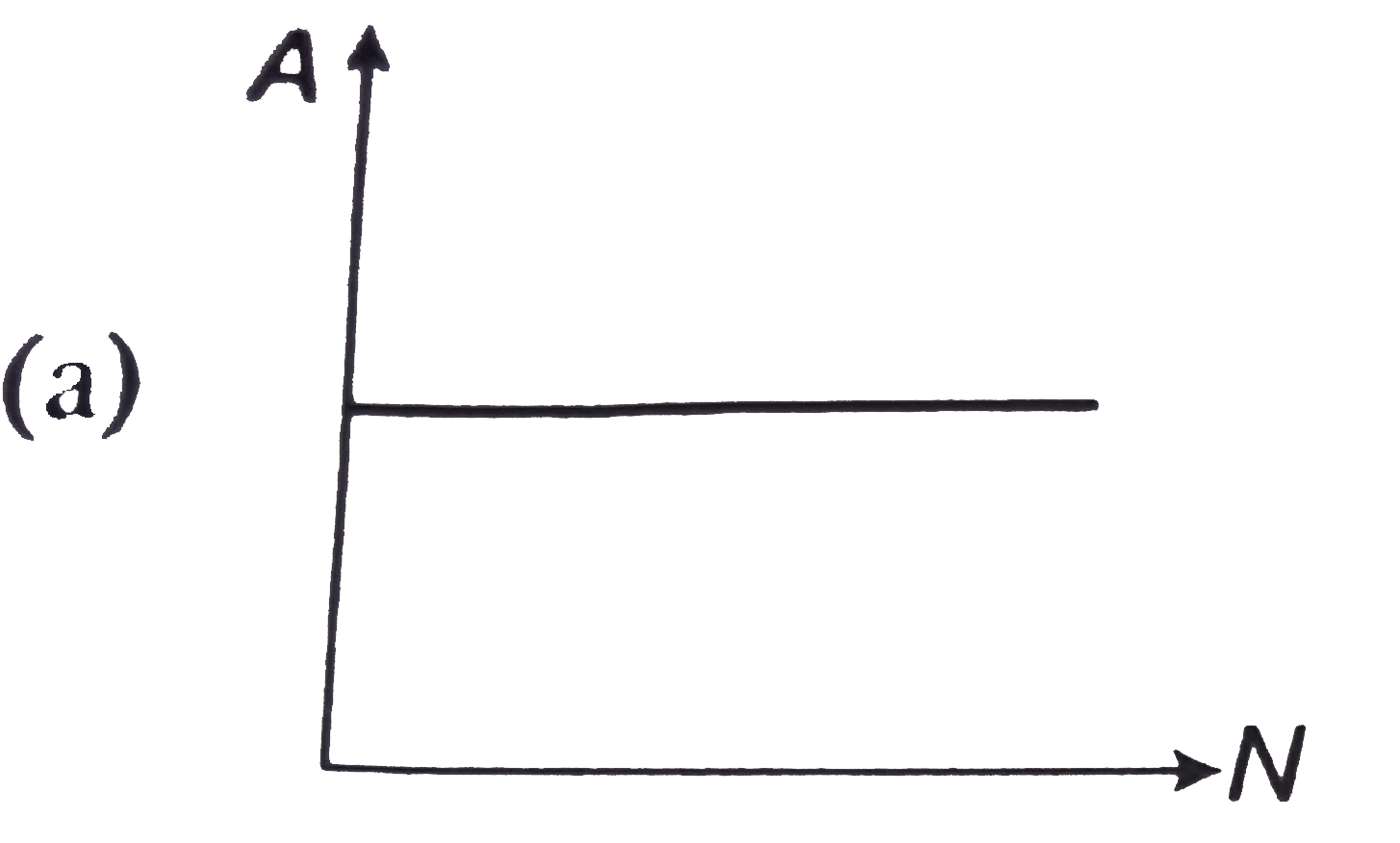 B
B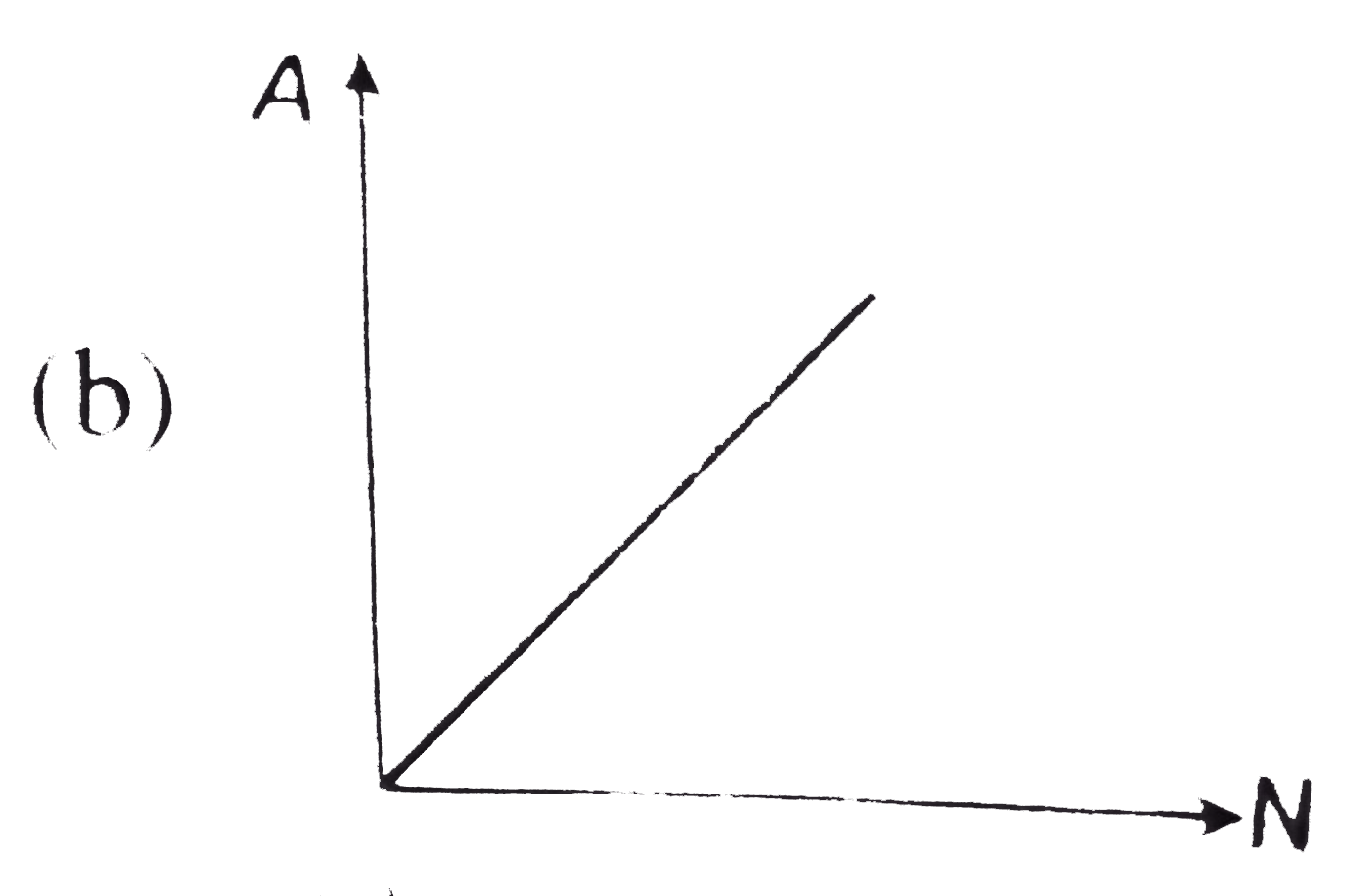 C
C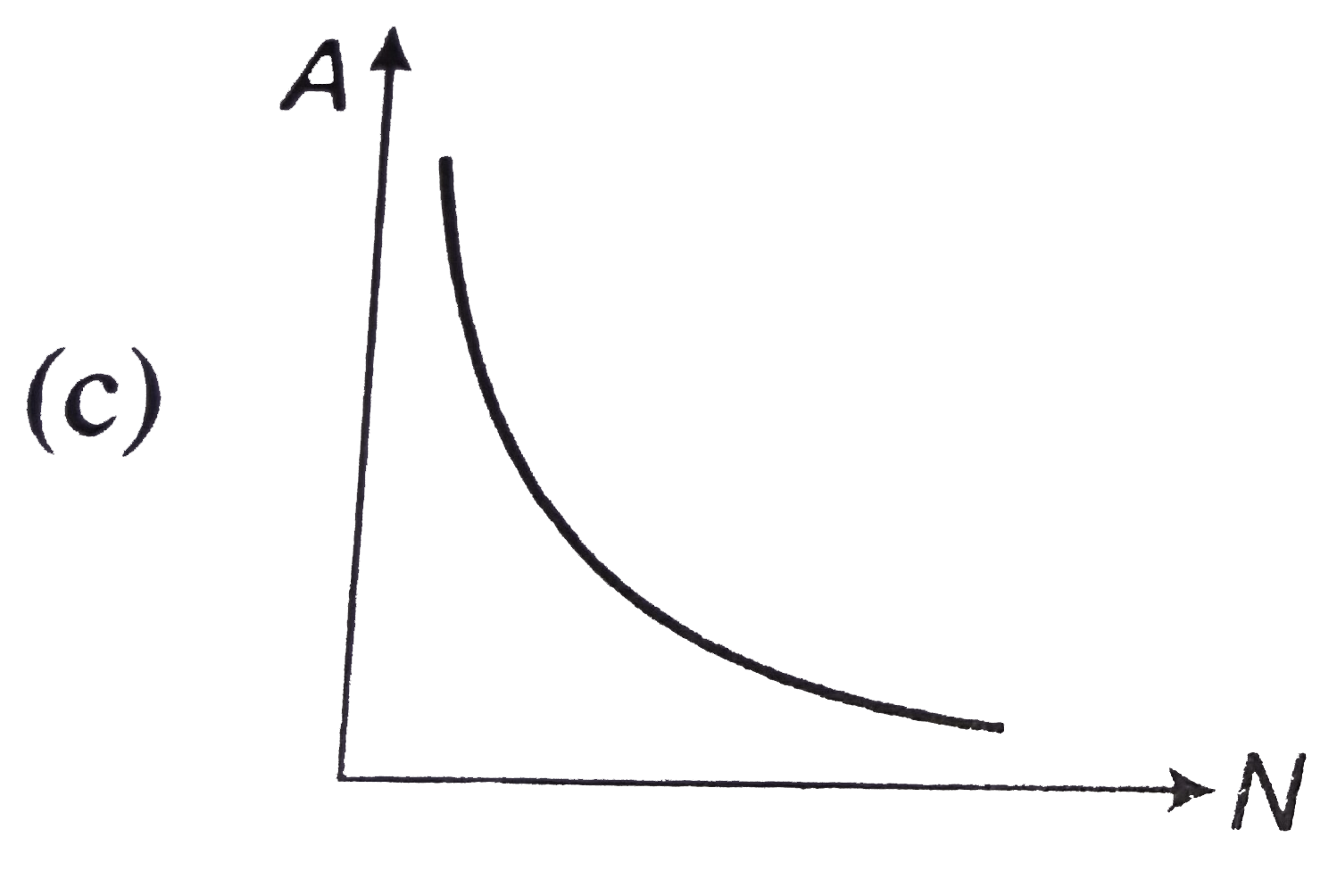 D
D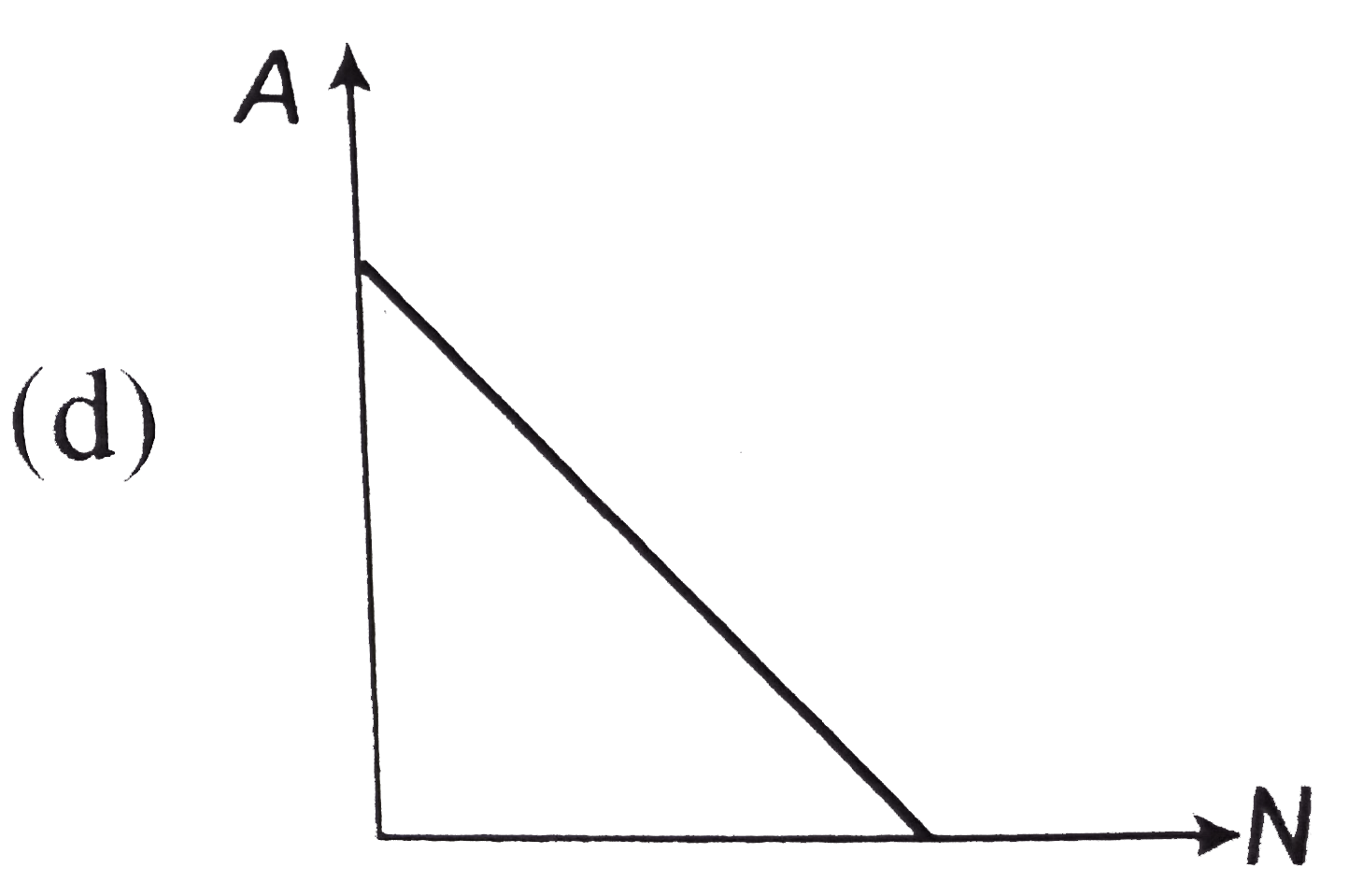
- Question 2 - Select One
N atoms of a radioactive element emit n alpha particles per second. The half-life of tge element is.
AnNsecBNnsecC0.693NnsecD0.693nNsec - Question 3 - Select One
The radioactivity of a sample is R1 at a time T1 and R2 at time T2. If the half-life of the specimen is T, the number of atoms that have disintegrated in the time (T2−T1) is proporational to
AR1T1=R2T2BR1−R2CR1−R2TD(R1−R2)T
Two radioactive nuclei P and Q, in a given sample decay into a stable nucleus R. At time t=0, number of P species are 4N0 and that of Q are N0. Half-life of P (for conversation to R) is 1mm whereas that of Q is 2min. Initially there are no nuclei of R present in the sample. When number of nuclei of P and Q are equal, the number of nuclei of R present in the sample would be :
View SolutionTwo radioactive nuclei P and Q, in a given sample decay into a stable nucleus R. At time t=0, number of P species are 4N0 and that of Q are N0. Half-life of P (for conversation to R) is 1mm whereas that of Q is 2min. Initially there are no nuclei of R present in the sample. When number of nuclei of P and Q are equal, the number of nuclei of R present in the sample would be :
View SolutionThe ground (Fig.) shows the number of particles Nt emitted per second by a radioactive source as a function of time t
The relationship between Nt and t is.
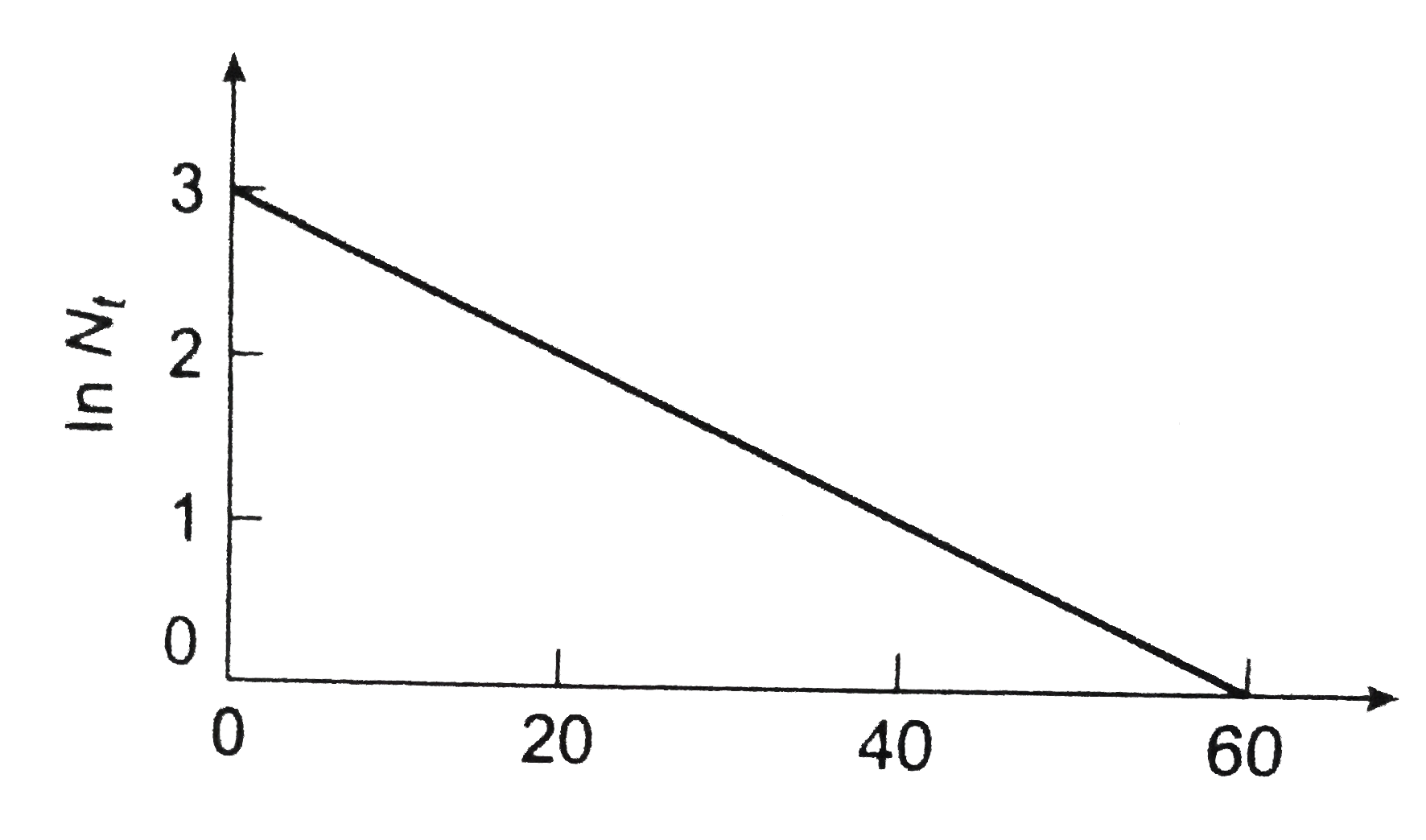 .View Solution
.View SolutionThe radioactivity of a sample is A1 at time t1 and A2 at time t2 If the mean life of the specimen is T, the number of atoms that have disintegrated in the time interval of (t2−t1) is :
View SolutionN atoms of a radioactive substance emit n α-particles per second. The half life of the radioactive substance is
View Solution

